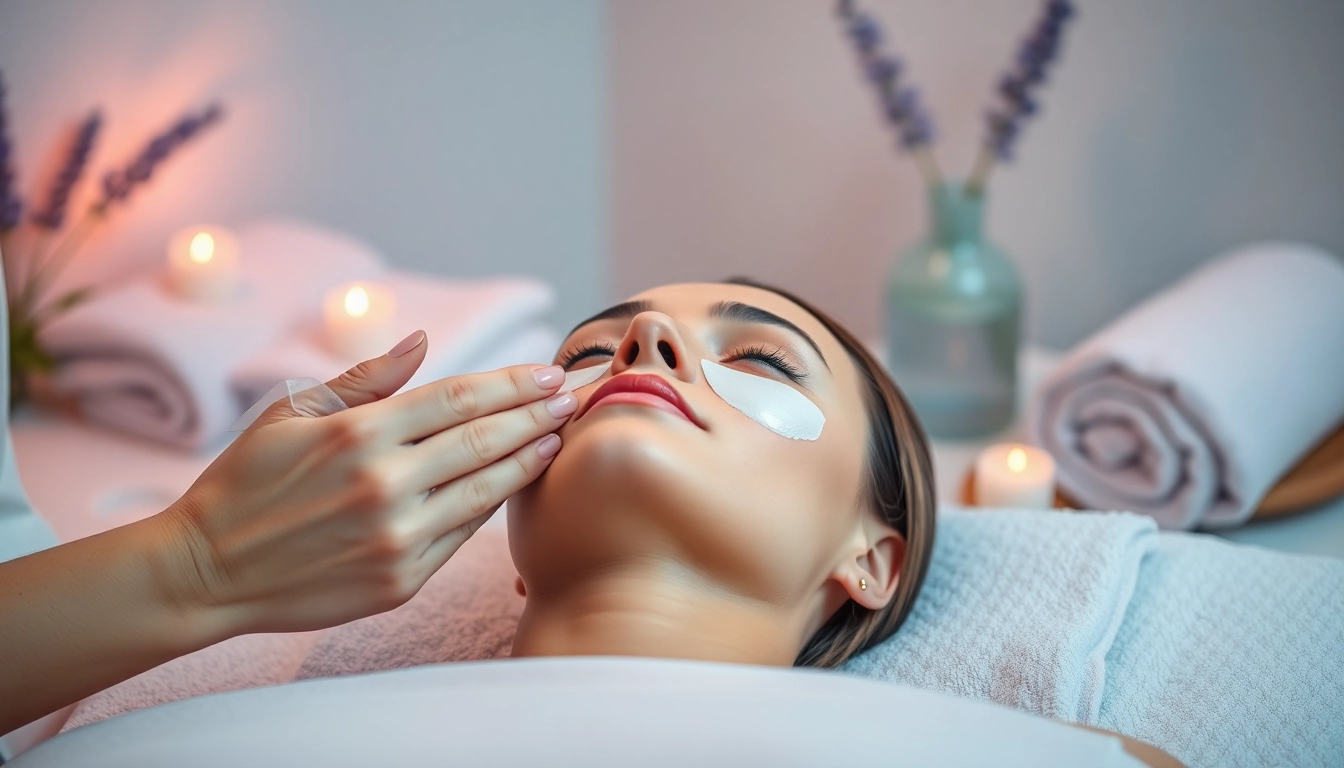Understanding Hand Moisturisers
What is a Hand Moisturiser?
Hand moisturisers are products designed specifically to hydrate, protect, and nourish the skin on your hands. Unlike general body lotions, these formulations are often richer in texture and include specific ingredients that address the unique needs of the hands, which are frequently exposed to harsh elements. This important skincare product helps to maintain skin elasticity, soothe irritation, and combat the effects of environmental aggression. Incorporating a reliable hand moisturiser into your routine can make a significant difference in overall hand health.
Key Ingredients to Look for
When selecting a hand moisturiser, understanding the ingredients can greatly influence the effectiveness of the product. Key components often include:
- Glycerin: A powerful humectant that attracts moisture from the environment into the skin, promoting hydration.
- Shea Butter: Known for its emollient properties, it provides a thick barrier that seals in moisture, ensuring the skin feels soft and flexible.
- Aloe Vera: Famous for its soothing and healing attributes, it’s excellent for calming irritated skin and facilitating regeneration.
- Essential Oils: While not purely moisturising, many oils like jojoba or coconut can enhance hydration and add fragrance.
- Vitamin E: An antioxidant that helps combat damage from free radicals while supporting skin repair.
The Benefits of Regular Use
Using hand moisturiser consistently offers several benefits:
- Improved Skincare: Regular moisture application can prevent cracks and dry patches, keeping hands soft and supple.
- Protection Against Environmental Damage: Moisturisers create a barrier that can defend the skin against daily aggressors like UV rays and pollution.
- Enhanced Appearance: Well-moisturised hands often look healthier, with improved texture and reduced signs of aging.
- Increased Comfort: Regular use alleviates the discomfort associated with dry, irritated skin, making daily tasks more pleasant.
Identifying Your Skin Type
How Different Skin Types Affect Moisturiser Choices
Just like your facial skincare routine, knowing your skin type is vital when choosing the right hand moisturiser. Here’s a brief overview:
- Normal Skin: Generally balanced, those with normal skin can opt for lighter formulations that provide hydration without feeling greasy.
- Dry Skin: For dry skin, look for thicker creams containing richer emollients and occlusives to lock in moisture.
- Oily Skin: Gel-based moisturisers or lotions with non-comedogenic properties can help hydrate without clogging pores.
- Combination Skin: A balanced approach is necessary, perhaps alternating between lighter lotions during the day and heavier creams at night.
Signs of Dryness and Dehydration
Recognizing the signs of dry and dehydrated hands helps you act promptly. Whether it’s flaky skin, a feeling of tightness, or redness, paying attention to these symptoms ensures you can choose the appropriate moisturiser. Occasional peeling or, in severe cases, painful cracks can indicate that your skin is under significant stress and may require more intensive treatment.
Customizing for Personal Needs
Your lifestyle can greatly affect your hand care needs. For those working in industries that require frequent handwashing or exposure to chemicals, a heavier-duty hand cream may be necessary. Conversely, if you spend considerable time outdoors, a moisturiser with sun protection can be crucial. Customizing your moisturiser selection based on these factors can lead to long-term skin health.
Application Techniques for Maximum Effect
Best Time to Apply Hand Moisturiser
The timing of when to apply hand moisturiser is crucial for this regimen to be effective. Ideally, you should moisturise after washing your hands, when they are slightly damp, as this helps to trap moisture and enhance absorption. Additionally, applying moisturiser before bed can nourish your skin overnight when repair processes are more active.
Techniques for Deep Penetration
To ensure that your hand moisturiser penetrates deeply into the skin, invest time in proper application techniques:
- Warm it Up: Rub a dollop of hand cream between your palms to warm it before application; this enhances absorption.
- Massage Method: Use circular motions while applying your hand moisturiser to stimulate circulation; this can help the product penetrate deeper.
- Don’t Forget the Cuticles: Apply moisturiser to the cuticles and nail beds as they can also suffer from dryness.
Incorporating into Your Daily Routine
Consistency is key to achieving best results, so make hand moisturising a part of your daily routine. Here are some tips:
- Keep a tube of hand cream in places you frequent, like your desk at work, your car, and your nightstand.
- Set a reminder to apply moisturiser, especially after washing your hands or engaging in activities that dry them out.
- Integrate it into your evening skincare routine for optimal overnight hydration and skin repair.
Top Hand Moisturisers on the Market
High-End vs. Budget-Friendly Options
The market offers various hand moisturisers that cater to all budgets and preferences. High-end options often include luxurious ingredients and packaging, providing a pampering experience. In contrast, budget-friendly products can be equally effective and accessible for daily use. Consider trying a selection of both to discover what works best for your skin type and lifestyle.
Reviews and Expert Recommendations
Consulting product reviews and expert recommendations can provide valuable insights into which hand moisturisers are most effective. Look for products with solid reviews focusing on hydrating capabilities, skin feel, and overall satisfaction. Ingredients, user experience, and outcomes are worth considering when making a choice.
How to Choose the Right Product for Your Lifestyle
When selecting a hand moisturiser, consider your daily activities and exposure levels. Factors like climate, occupational hazards, and personal preferences inform your choice. For instance, someone in an office setting might prefer a lightweight lotion, while an outdoor worker may benefit from a thicker ointment with sun protection. Tailoring your choice based on these discussions promotes better outcomes and satisfaction.
The Science Behind Moisturisation
How Moisturisers Work at the Cellular Level
Moisturisers primarily work by combining three essential components – humectants, emollients, and occlusives. Humectants such as glycerin attract water to the skin, while emollients smooth and soften the skin barrier. Occlusives, like petrolatum or beeswax, create a protective layer to prevent water loss. Understanding this mechanism helps you choose the right product and apply it effectively for long-term benefits.
Common Misconceptions About Hand Care
There are several myths surrounding hand care. One common misconception is that moisturisers are not necessary in humid climates. However, even in humid environments, moisture can escape from the skin. It’s essential to maintain a regular moisturising routine regardless of climate. Another myth is that rich, thick creams are only for dry skin; instead, those with oily skin can also benefit from lighter formulations.
The Importance of Sun Protection in Hand Care
Many overlook sun protection in hand care, but UV exposure can lead to premature aging, pigmentation, and skin cancer. Incorporating SPF in your hand moisturiser or applying a separate sunscreen can significantly reduce the risk of sun damage. Aim for broad-spectrum protection that shields against UVA and UVB rays to keep your hands looking youthful and healthy.



